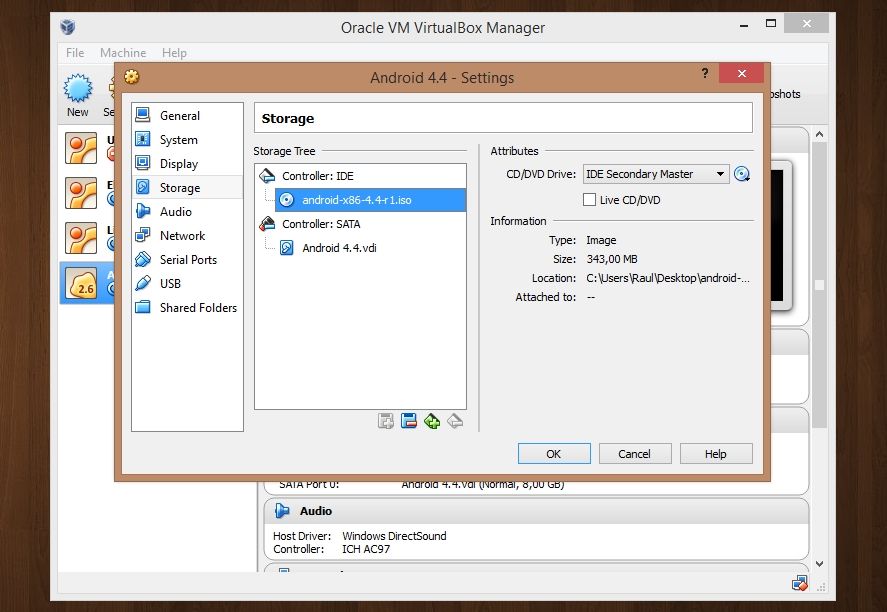

Using the kernel VGA configuration option:.

Press F9 two times in less than 2 seconds = Normal view 0/360º.Press F10 two times in less than 2 seconds = Rotate 180º.Press F11 two times in less than 2 seconds = Rotate 90º to the RiGHT.Press F12 two times in less than 2 seconds = Rotate 90º to the LEFT.Make sure that port forwarding is set from 5555 (host) to 5555 (guest) for the main network interface.You can find the latest image here Installing on the VirtualBox image The Android x86 images are based on this project: However, the emulation feature called Houdini binary translation allows for instruction translation, which means that we can run native ARM code on our x86 emulator. Virtualbox relies on the x86 architecture instead. One thing to note is that the majority of Android devices use the ARM architecture. This might be useful for remote pair programming or visual testing. When comparing with a real device, there are also reasons for using Virtualbox instead: It virtualizes the x86 architecture, which introduces less overhead than full ARM emulation. When comparing with the Android Emulator, the main reason is that Virtualbox is faster. VirtualBox Android development images Why use a Virtualbox image instead of the Android Emulator or a real device? Particular the "Creating libgojni.so" section. If you prefer to build this binary blob for yourself you may check out the This library is bundled with Firetweet, youĬan always find the latest version of the library We created a really small version of Lantern that can be compiled for Android


 0 kommentar(er)
0 kommentar(er)
